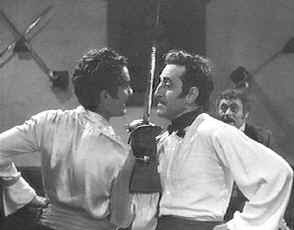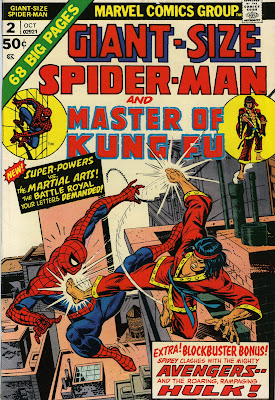
The Bruce Lee-inspired Martial Arts craze of the 1970s spilled over into comics as well as other aspects of pop culture. A lot of the characters created to feed this genre were good ones and Shang-Chi, Master of Kung Fu, was one of the best.
Shang-Chi combined the martial arts with a comic book-pulp fiction atmsophere by making him the son of Fu Manchu, the master criminal created by Sax Rohmer in a series of early 20th Century adventure novels. Shang had turned against his father and regularly foiled Fu’s schemes of world domination. Well-choreographed martial arts battles were combined with killer robots, death rays, genetically mutated monsters and full-scale battles between cadres of heavily armed troops. It all worked to create a unique ambiance--with a different feel to it than other martial arts-inspired works of popular fiction.
Of course, it wasn’t long before Shang-Chi crossed paths with other denizens of the Marvel Universe. In Giant-Size Spider Man #2, from about 1974, he met Spider Man.
This fast-paced story, written by comic book great Len Wein, begins with Fu Manchu tricking

each hero into believing the other was planning on sabotaging a power station. This led to a really nifty running battle between the two throughout the otherwise deserted station. They soon figure out they’ve been tricked, of course, and team up to stop Fu from erecting a mind control devise atop the Empire State Building.
To a large degree, this story is very predictable. It follows the traditional comic book plot device of having two heroes fight each other before teaming up, followed by the equally traditional stopping-the-villain-in-the-nick-of-time bit. But the story works fine anyways. Traditional plot devices, in the hands of a good writer, can be a strength rather than a weakness and Len Wein tells the story well, endowing it with its fair share of excitement and suspense. He also understood both Shang-Chi’s and Spider Man’s personalities, keeping the pair nicely in character throughout the book.

All this is helped by Ross Andru’s art. Andru was one of the regularSpider Man artists during that time and he always did a bang-up job. This book in particular shows how well he could illustrate a fight scene, moving the action along in an exciting and logical manner. The scene in which Shang and Spidey both take a dive off the top of the Empire State Building in order to beat Fu Manchu to the bottom is particularly well staged.
No one can claim that this particular comic was earth-shaking or genre-changing in its influence. But it does a very good job of doing what a superhero comics is
supposed to do. It gave us a fun adventure story, well-told both in terms of writing and art.
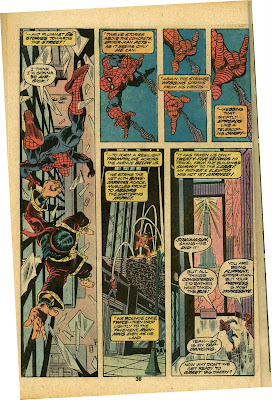
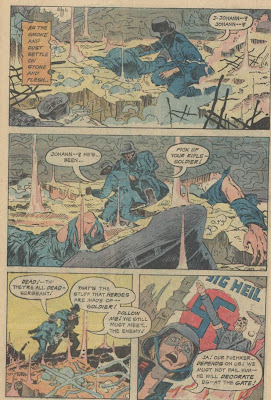



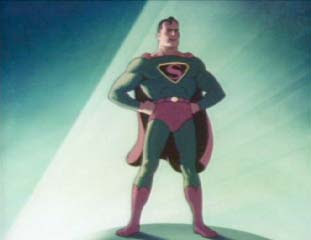
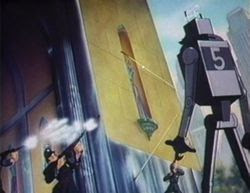
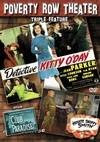
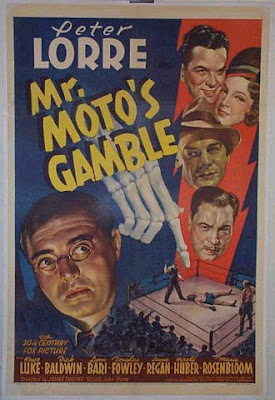






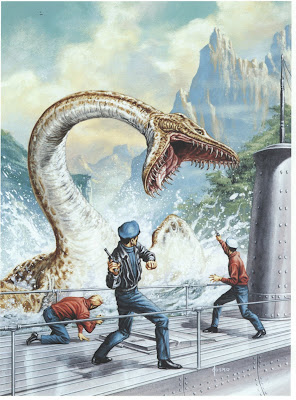
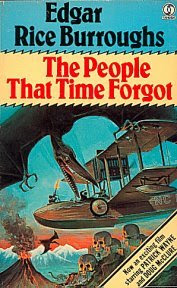
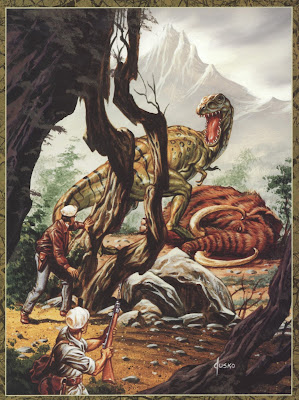
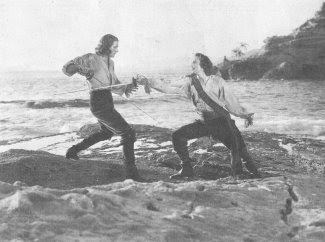
 This energetic and beautifully photographed version of the Robin Hood legend ends with a battle for control of a castle (and, incidentally, of England). Robin and Sir Guy end up separated from the battle, going at it with broadswords up and down the stairs leading to the dungeon (where the endlessly put-upon Olivia de Havilland was being held prisoner). The fighting style, employing modern fencing techniques, may have been anarchistic, but the fairy-tale ambiance of the film did not require realism and—as in Captain Blood—the duel is one of the most memorable scenes in a movie already stuffed full of classic moments.
This energetic and beautifully photographed version of the Robin Hood legend ends with a battle for control of a castle (and, incidentally, of England). Robin and Sir Guy end up separated from the battle, going at it with broadswords up and down the stairs leading to the dungeon (where the endlessly put-upon Olivia de Havilland was being held prisoner). The fighting style, employing modern fencing techniques, may have been anarchistic, but the fairy-tale ambiance of the film did not require realism and—as in Captain Blood—the duel is one of the most memorable scenes in a movie already stuffed full of classic moments.